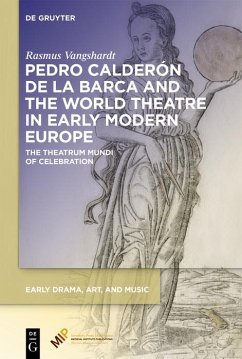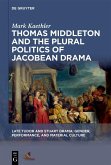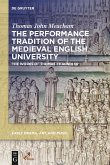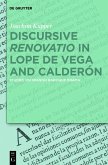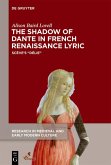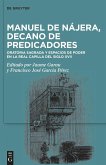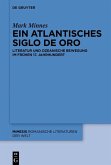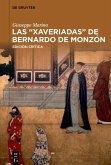The author presents a new close reading of Pedro Calderón's El gran teatro del mundo (c. 1633-36) and outlines the historical and systematic framework for a theatrum mundi of celebration. This concept entails using art to justify human existence in the face of changing conceptions of the cosmos: an early modern aesthetic theodicy and a justification of the world in that liminal space between drama and ritual.
By discussing historiographical theories of early modern Europe, especially those of Hans Blumenberg and Bruno Latour, and through conversations with Shakespearean drama and Spanish Golden Age classics, Vangshardt also argues that the theatrum mundi of celebration questions traditional assumptions of great divides between the Middle Ages and Early Modernity and challenges theories of a European-wide early modern sense of crisis.
Dieser Download kann aus rechtlichen Gründen nur mit Rechnungsadresse in A, B, BG, CY, CZ, D, DK, EW, E, FIN, F, GR, HR, H, IRL, I, LT, L, LR, M, NL, PL, P, R, S, SLO, SK ausgeliefert werden.

